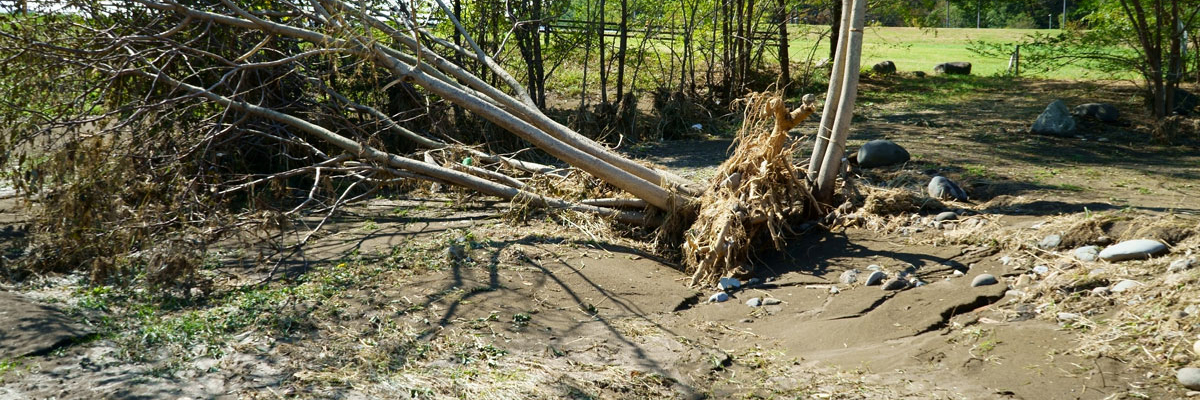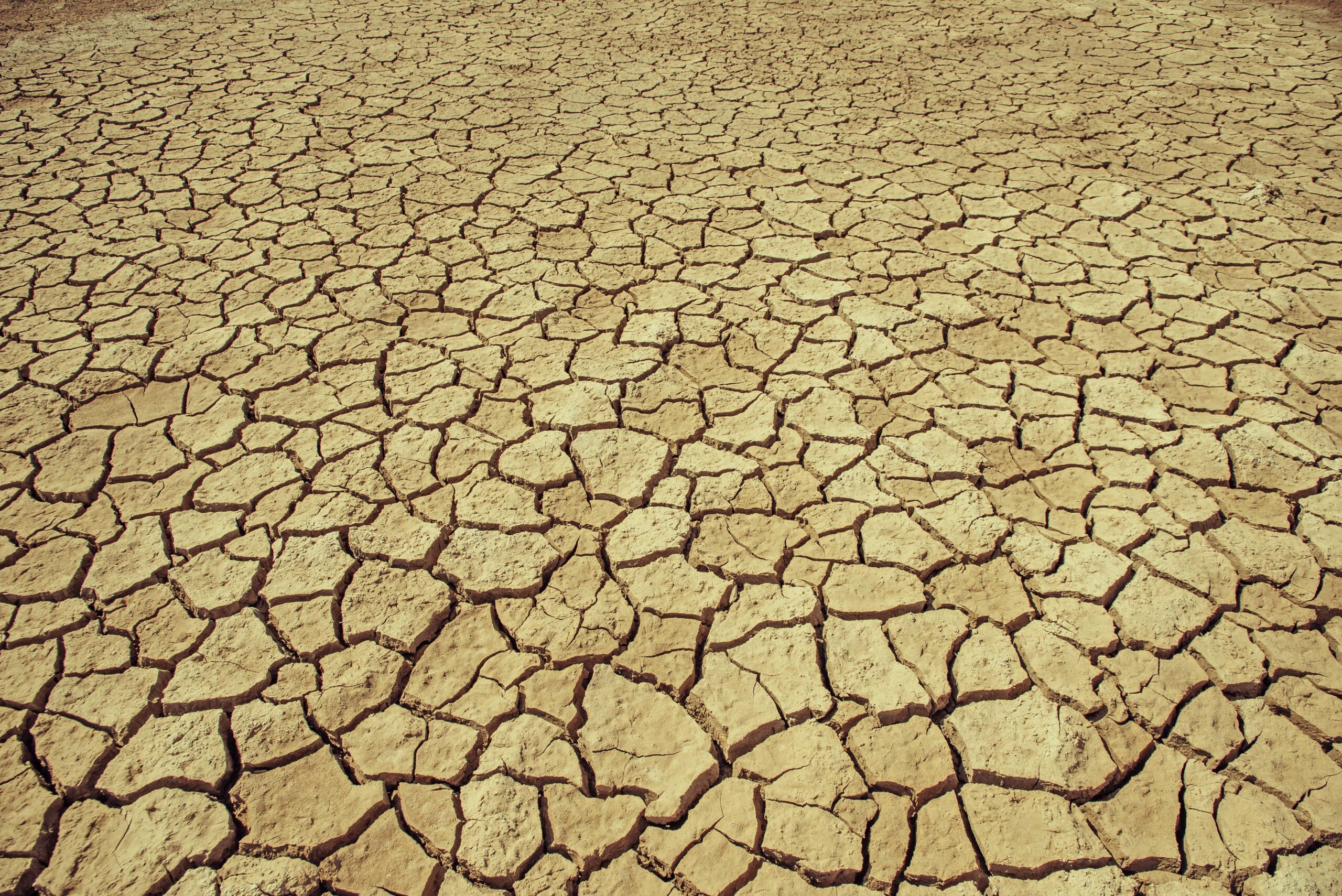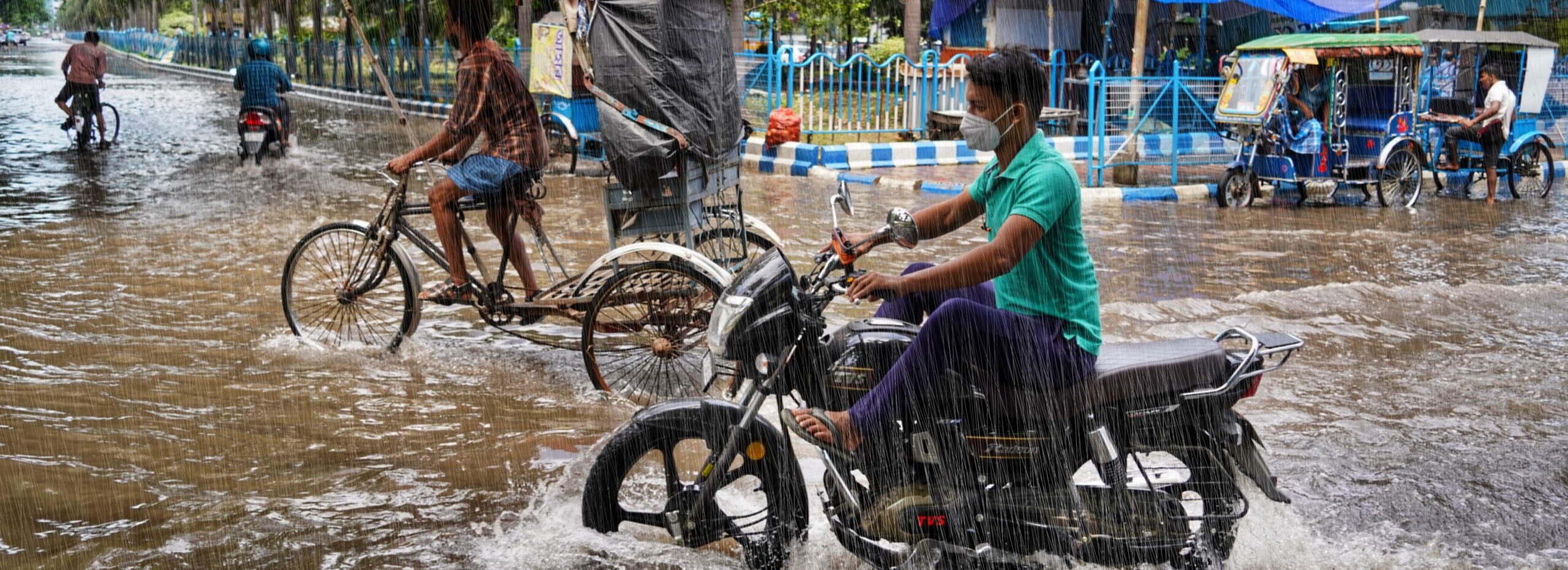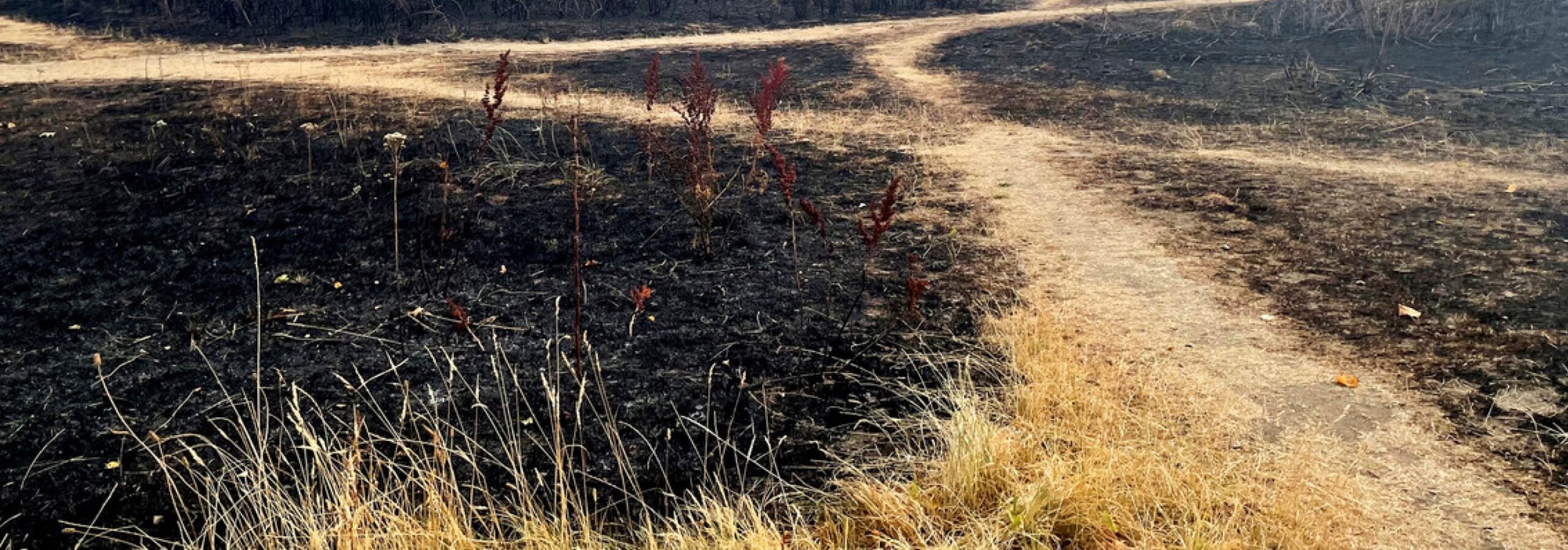It was the highest rainfall observed since reliable records began in 1976 and led to around 100 deaths and significant destruction that made it the second-costliest Western Pacific typhoon on record.
Using the same methods usually used in WWA’s rapid attribution studies, researchers from Imperial College London and Oxford University found that the extreme rainfall that hit Japan during Typhoon Hagibis in October 2019 was made about 67% more likely by human-caused climate change.
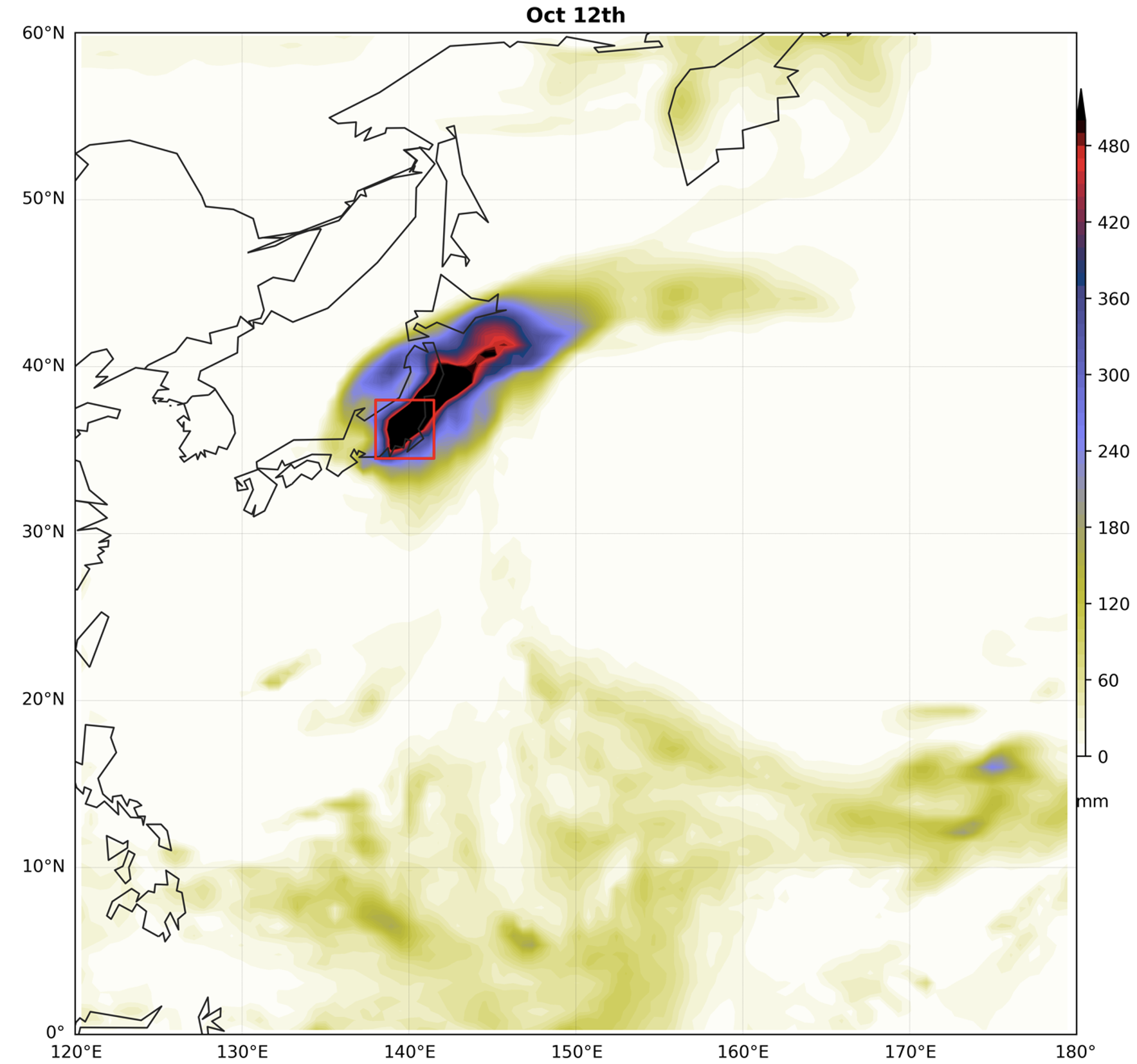
In an additional step the scientists calculated what the monetary consequences of this increase in rainfall are and found that roughly $4 billion of the $10 billion damage in insured losses caused by the rainfall can be attributed to climate change.
There are not many studies attributing economic damages to climate change, so the methodology is less established. Similar studies have calculated the financial damage attributable to climate change in particular extreme events, using the same methodology as in this study, for example a study of Hurricane Harvey, which hit Texas in 2017, found that $67 billion of the damage could be attributed to climate change. This is the first study, for any extreme weather event in Japan, to calculate the damage attributed to climate change, and may underestimate the influence of climate change as observed extreme rainfall in Japan has increased by more than climate models simulate.
The results reflect the growing economic burden Japan – and other countries – already face from climate change and will increasingly experience if emissions are not rapidly eliminated: the “costs of inaction”. The study looks at how much climate change increased the damage from just one extreme event, but as temperatures rise Japan is being hit by a growing number of extreme heat waves and heavy rainfall events.

